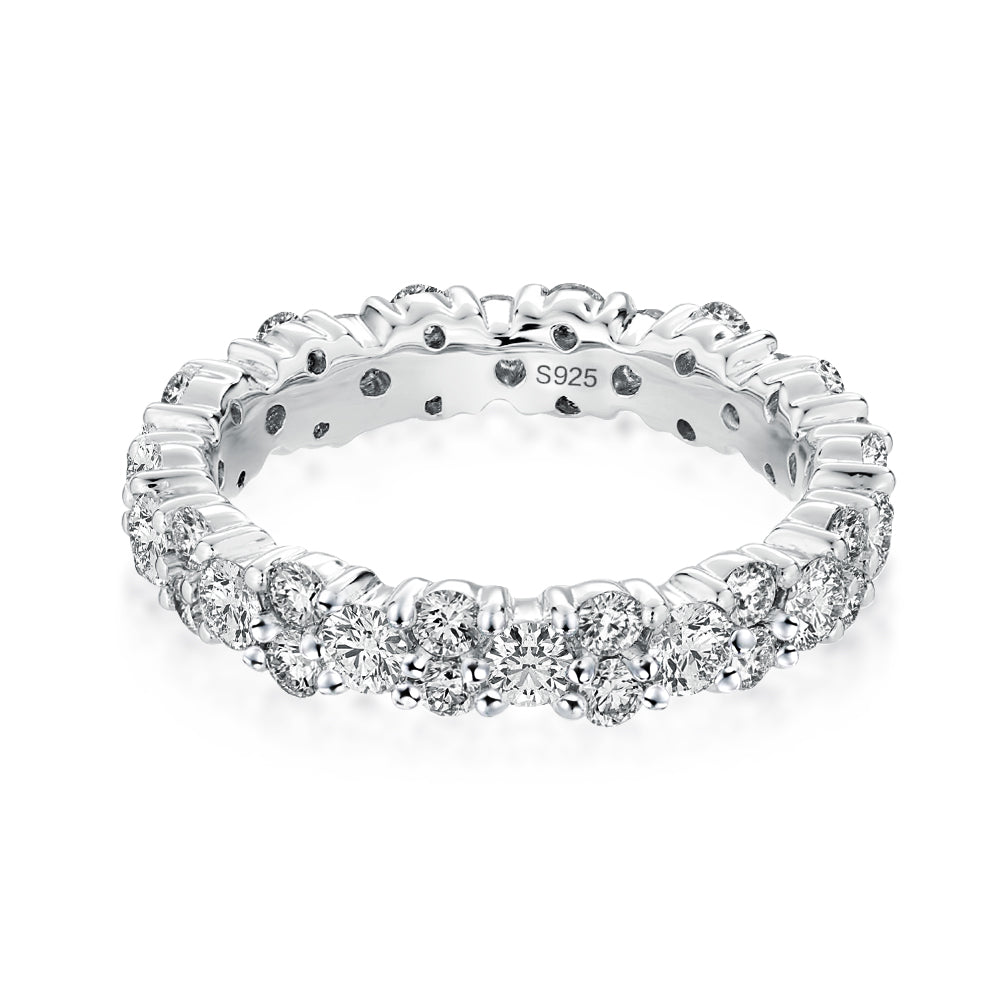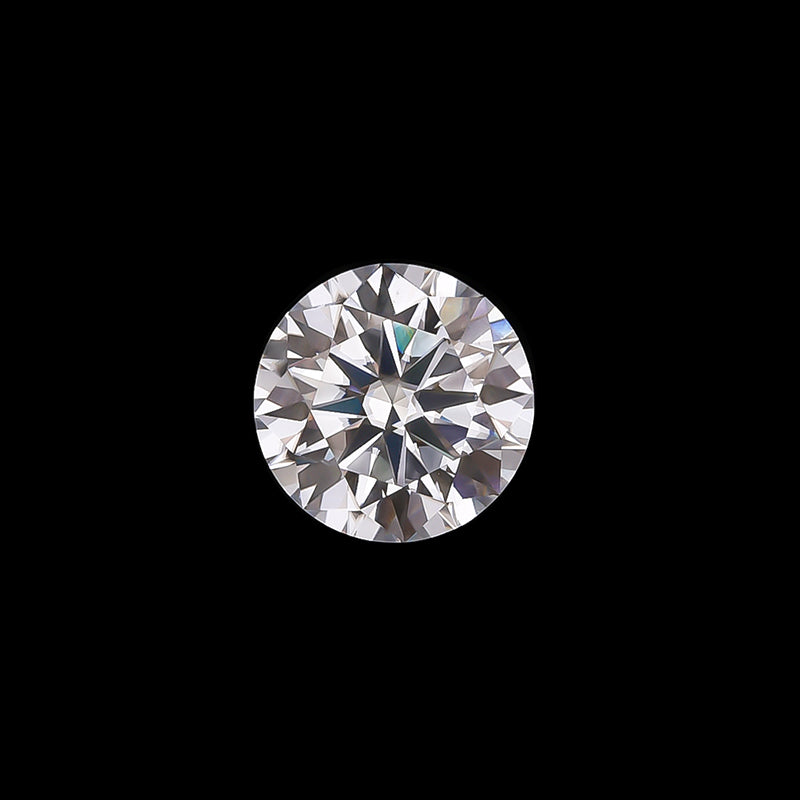Why is Moissanite So Cheap?
Moissanite is rapidly becoming a popular choice for engagement rings and other fine jewelry, celebrated for its remarkable brilliance and affordability. However, many people wonder why moissanite is so much cheaper than diamonds and other precious gemstones. This blog post delves into the reasons behind the low cost of moissanite, examining factors such as production methods, market demand, and the intrinsic properties of the gemstone.
1. Synthetic Production
One of the primary reasons moissanite is more affordable than diamonds is because it is lab-created. Natural moissanite is extremely rare, originally discovered in a meteorite crater, which makes mining it commercially unfeasible. The synthetic production process, however, allows for the creation of high-quality moissanite stones in a controlled laboratory environment. This process is both efficient and cost-effective, significantly reducing the overall price of the gemstone.
2. Abundance and Accessibility
Unlike diamonds, which require extensive and often environmentally damaging mining operations, moissanite can be produced in large quantities. The raw materials required for creating moissanite are readily available, and the synthesis process can be scaled to meet demand without the limitations of natural resource availability. This abundance ensures a steady supply, keeping prices low.
3. Economies of Scale
As the popularity of moissanite has grown, so has its production. Manufacturers benefit from economies of scale, where the cost per unit decreases as production volumes increase. This is due to the spread of fixed costs over a larger number of units, improved production techniques, and streamlined processes. Consequently, the increase in demand for moissanite has led to more efficient production and lower prices for consumers.
4. Technological Advancements
The technology used to create synthetic gemstones has advanced significantly over the years. Modern methods of producing moissanite, such as chemical vapor deposition (CVD), have become highly sophisticated, enabling the creation of nearly flawless stones at a fraction of the cost of natural gemstones. These technological advancements not only improve the quality of moissanite but also reduce production costs, making the gemstone more affordable.
5. Marketing and Market Positioning
Diamonds have been marketed as the ultimate symbol of love and commitment for decades, largely due to successful campaigns by companies like De Beers. This marketing has created a high perceived value for diamonds, allowing them to command premium prices. Moissanite, on the other hand, does not have the same level of brand recognition or marketing behind it. As a result, it is positioned in the market as a more affordable alternative to diamonds, appealing to budget-conscious consumers who still desire a beautiful and durable gemstone.
6. Lower Marketing and Distribution Costs
The diamond industry incurs substantial marketing and distribution costs to maintain its high-end image and exclusivity. In contrast, moissanite does not require such extensive marketing efforts. This allows retailers to sell moissanite at lower prices, passing on the savings to consumers. Additionally, the distribution network for moissanite is more straightforward, with fewer intermediaries involved, which helps keep costs down.
7. Intrinsic Value and Resale Market
Diamonds are often perceived as having intrinsic value and are sometimes viewed as investments. This perception is bolstered by the limited supply of high-quality natural diamonds. Moissanite, being lab-created, does not have the same rarity or perceived investment value. Its value lies primarily in its aesthetic appeal rather than its scarcity. Consequently, the resale market for moissanite is not as robust as that for diamonds, which also contributes to its lower initial cost.
8. Ethical Considerations
The ethical concerns associated with diamond mining, such as human rights abuses and environmental degradation, have led some consumers to seek alternatives like moissanite. Lab-created moissanite offers an ethical and sustainable option, free from the negative impacts of traditional mining. This ethical appeal does not necessarily lower the cost of moissanite, but it does enhance its attractiveness compared to diamonds, which can be more expensive due to their associated ethical issues.
9. Durability and Longevity
Moissanite ranks high on the Mohs scale of hardness, at 9.25, just below diamonds which rank at 10. This makes moissanite highly durable and suitable for everyday wear. Its durability ensures that it retains its brilliance and clarity over time, offering excellent value for money. Consumers can purchase moissanite with confidence, knowing they are investing in a gemstone that will stand the test of time without the premium price of a diamond.
Conclusion
Moissanite’s affordability can be attributed to a combination of factors, including synthetic production, technological advancements, economies of scale, and its market positioning as a cost-effective alternative to diamonds. Its lab-created nature ensures a steady supply without the ethical and environmental concerns associated with diamond mining. Furthermore, the gemstone's durability, brilliance, and lower marketing costs contribute to its appeal and value proposition.
For those seeking a beautiful, durable, and ethically sourced gemstone without the hefty price tag, moissanite presents an excellent choice. Its lower cost does not reflect a compromise in quality or aesthetics but rather the benefits of modern technology and market dynamics. As more consumers become aware of these advantages, moissanite is likely to continue growing in popularity as a preferred option for engagement rings and other fine jewelry.














